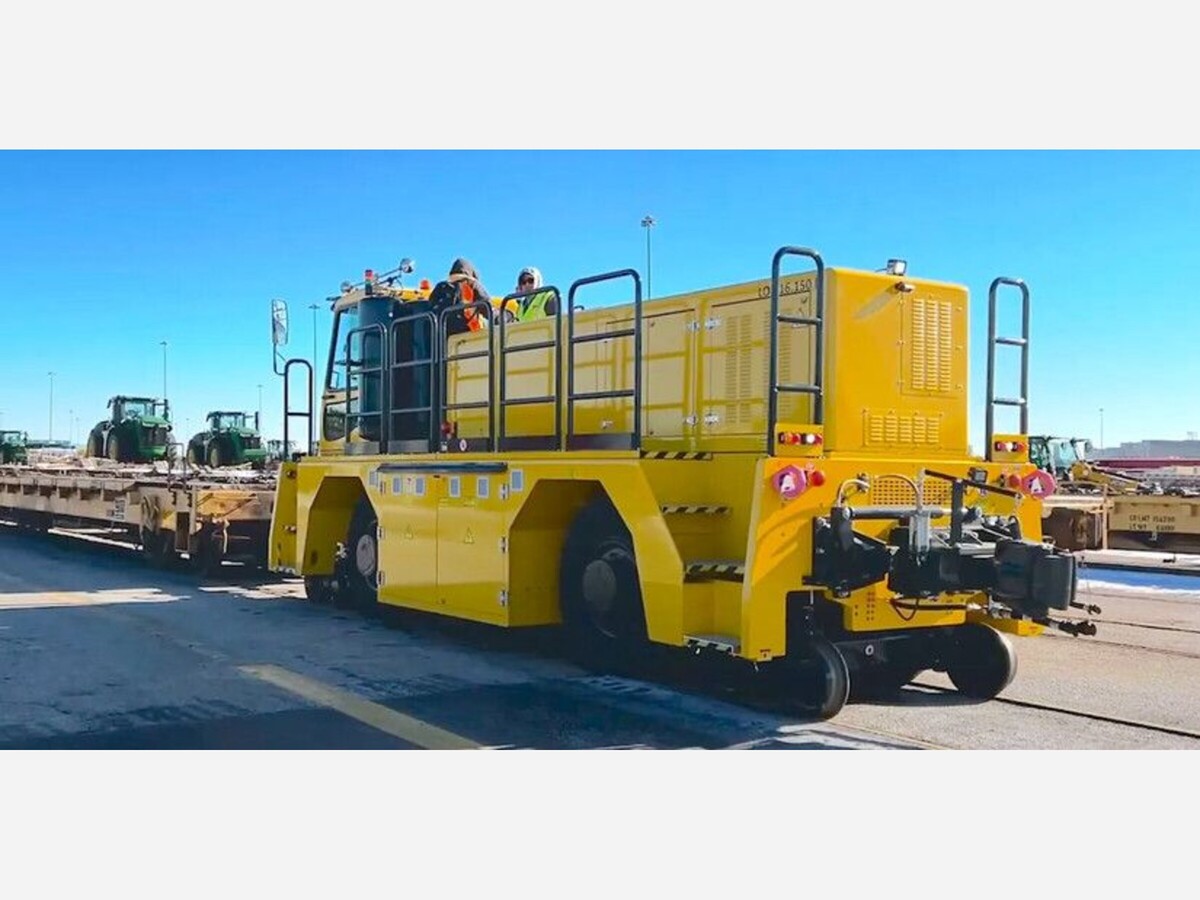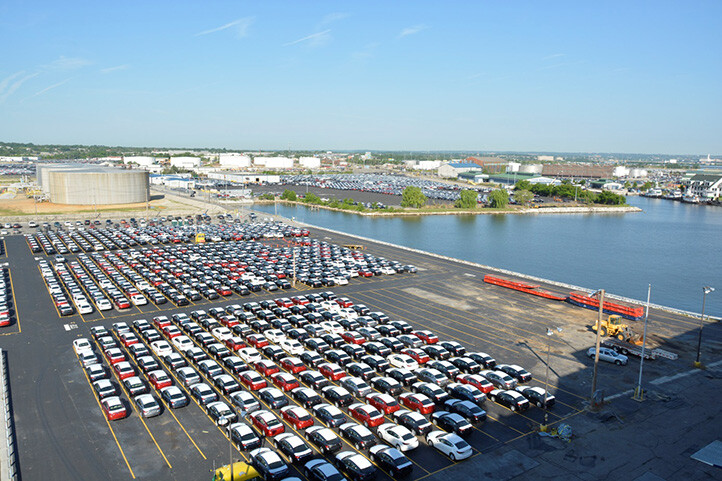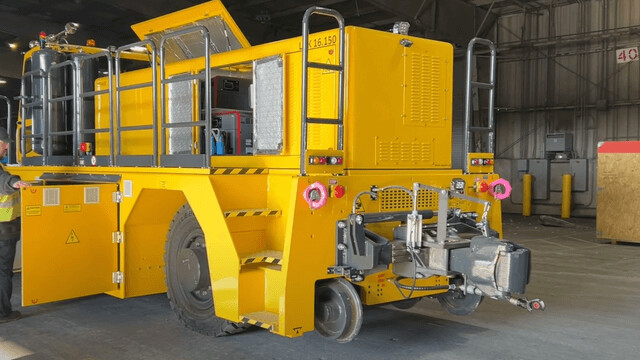Image

First electric rail car mover debuts at US port to cut 180 tons of emissions annually
In a step toward greener port logistics, the Port of Baltimore is now home to the country’s first battery-electric rail car mover, which reduces emissions while efficiently shifting rail cars.

By Bojan Stojkovski, interestingengineering.com

The Zephir rail car mover.
The Port of Baltimore has deployed the first electric rail car mover in the United States.
The electric rail car mover, built by Marmon Rail’s Zephir division in Italy, runs on an 80-volt rechargeable battery system with an onboard charger.
It powers two 40-kilowatt brushless AC motors and measures just over 21 feet long, weighing 63,900 pounds with a drawbar pull of 39,500 pound-force, providing strong towing capability while operating with zero tailpipe emissions.
The port estimates that the LOK 16.150E model will cut diesel fuel consumption by 16,000 gallons per year, eliminating 13.87 tons of nitrogen oxides and 182 tons of carbon dioxide emissions. It is also designed for flexible operation, allowing control from the cab or remotely using a bellypack unit.
According to Matt Stahl, Mid-Atlantic terminal general manager at Wallenius Wilhelmsen, the electric rail car mover will support intermodal cargo exchange at the terminal, facilitating the transfer of goods between rail transport, the port, and ocean shipping lines.
Stahl also noted that the Zephir will help lower switching costs by allowing the terminal to handle rail movements independently, without external assistance.
Wallenius Wilhelmsen is currently using the Zephir to move rail cars carrying heavy lift cargo, farm and construction equipment, and military shipments within the Dundalk Marine Terminal. The company also estimates it will eliminate over 180 tons of carbon emissions annually.
The Zephir is reminiscent of the battery-powered railcar movers introduced by the Pennsylvania Railroad in 1912. These rubber-tired locomotives were designed to move freight cars through the narrow, tight curves of Baltimore’s waterfront streets, where traditional trains couldn’t operate due to space and track limitations.
The Zephir builds on this concept with a modern, environmentally friendly approach to navigating similar challenges in urban and industrial areas.
Meanwhile, Baltimore has set two new productivity records at the Seagirt Marine Terminal, operated by Ports America Chesapeake. On January 21, the terminal processed 6,956 container moves (11,065 TEU) during the YM Trust call, operated by Maersk Line.
Crane productivity reached 33 gross moves per hour and 35 net moves per hour despite challenging weather conditions on the US East Coast, World Cargo News reported.
Furthermore, autonomous rail vehicles could transform rural mobility, as Interesting Engineering reported earlier. Flexible rail-based mobility concepts with on-demand service on reactivated lines could link rural areas to transport hubs in medium-sized towns.
One example is the MONOCAB-OWL project, which aims to provide sustainable and effective mobility solutions for rural areas where alternatives to private cars are often scarce. The project focuses on revitalizing disused railway lines to create a foundation for a flexible, on-demand transportation model, which could become the backbone of future multimodal mobility in rural areas.